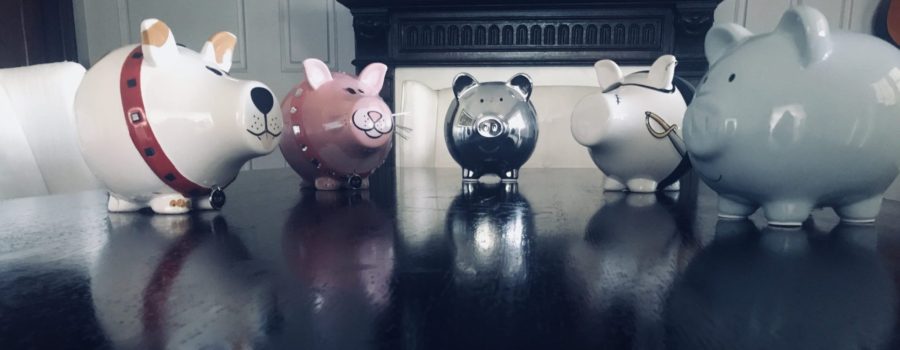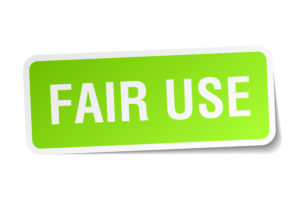In the world of academia researchers live by the mantra of “publish or perish”. Publications are a means by which to gain recognition, tenure, grants and even better job offers. But, they are also certain to become the kiss of death for patent eligibility of the invention.
There are five things every researcher needs to know and understand with regards to patents.
5. Many institutions of higher education have some sort of intellectual property policy. As part of the policy, most researchers will have to assign to the university all rights to the invention. In return, the university will typically share with the researcher a percentage of the profits generated from the commercialization of the invention. When there are multiple inventors, the inventors will have to determine how they will divide among themselves the revenues received from the university ‘s commercialization practice.
4. Not every research participant, author or co-author listed in a published article is an inventor for patent purposes. Under patent law, inventors are those individuals who contributed knowledge to the invention. Those who participated as assistants or mentors may have contributed in some manner or assisted in the reduction to practice of the invention, but if they did not contribute knowledge they need not be considered as inventors.
3. Before publishing an article or presenting at a convention your latest findings, it is a good idea to talk with your institution’s technology transfer or intellectual property office. This way, you will avoid inadvertently publicly disclosing your invention…which could impede your university from getting a patent for the invention. If the clock is ticking against you because you’ve already submitted an article for publication or have printed out posters for the convention, discuss with your technology transfer or intellectual property office options for filing a provisional patent application. This a great mechanism for preserving your rights over an invention while the final non-provisional application is filed.
2. Provisional patent applications can be used as a mechanism through which to reserve your rights over the invention while research is still ongoing or while you investigate further areas of development of your invention. At the end of day, provisional patent applications must be converted into non-provisional applications. If the conversion process does not take place within the 12 month period allotted by the United States Patent and Trademark Office, then the application will be lost, along with the preservation of the rights over the invention.
1. Any public disclosure of your invention will effectively become prior art, and it can and will be used against you by an examining officer. This includes published articles, presentations and posters, among others. In essence, a public disclosure is any disclosure made about the invention which would allow a subject matter expert to reproduce or replicate it. In the United States, an inventor is granted a 12 month grace period from the date of the public disclosure to file a patent application. In the European Community and other jurisdictions, grace periods are non existent. In those countries, any and all public disclosures will thwart any hopes for a patent.
At the end of the day, before you publish talk to an expert and discuss all of your options. If you don’t, you just might regret it.
Author: Patricia Ramírez Gelpí, J.D., LL.M.
Image: Rawpixel.com/Shutterstock.com





